Independent certification systems have become fairly common in BC. Virtually every major BC forest company, as well as British Columbia Timber Sales, has now achieved some type of forest certification, and many small forestry operators, mills and manufacturers are making certification a priority. By 2010, there were over 54 million hectares (133 million acres) in BC certified by one of the three major systems – Canadian Standards Association (CSA) with 31.4 million hectares, Sustainable Forestry Initiative (SFI) with 20.1 million hectares, and Forest Stewardship Council (FSC), with 2.6 million hectares.1 In fact, BC has more certified forest land than most countries in the world, except Canada as a whole.
Monitoring and control of invasive plants is important because of the serious environmental, economic, and health consequences they can have. For example, invasive plants can displace native species and disrupt the functioning of natural ecosystems.
In 2006, the Forest Practices Board made several recommendations to government to help improve the province’s invasive plant legislation and to better define agency roles and responsibilities in effectively dealing with invasive plants. The Board has followed up to see what changes have occurred as a result of its recommendations.
Related Link
This Bulletin describes the defences of due diligence and mistake of fact under the Forest and Range Practices Act and the Wildfire Act. This is an updated version of a bulletin that first appeared in May 2003 and was revised in August 2006.
In 2009, the Canadian Centre for Policy Alternatives (the complainant) filed a complaint with the Forest Practices Board (the Board) over how wood left behind at logging operations throughout British Columbia is measured and reported.
‘Wood waste’ is any timber that meets merchantability specifications, was not removed from the cutting authority area and was not reserved from cutting. In the opinion of the complainant, wood waste that is not correctly measured and recorded may have implications on forest management (e.g., biological diversity, sustainable rate of harvest) and revenue to the Crown.
The Board reviewed how waste surveys are conducted and whether the waste manual is being applied in a consistent manner across the province. The Board also evaluated the qualification of individuals completing the surveys. If the manual is being followed, the accuracy of the data collected and reported is largely dependent upon the qualification and experience of individuals completing the waste surveys and those conducting check surveys.
Fifteen years ago, “wildland-urban interface,” or WUI, was not a familiar term to most British Columbians. But after several severe wildfire seasons, people are more aware of the threat that wildfire poses to communities surrounded by forest.
After the Firestorm Provincial Review report came out in 2004, government introduced a fuel management program to address increasing fire risks in communities. Under this program, local governments take the lead in planning and executing fuel management treatments, with support from the provincial government.
This report summarizes the administrative appeal work done by the Forest Practices Board (the Board) from January 1, 2002 to March 31, 2009. A report published in 2002—Reviews and Appeals of Forest Practices Code Decisions in British Columbia, 1995-2001—summarizes the administrative appeal work done from 1995 to 2001.
